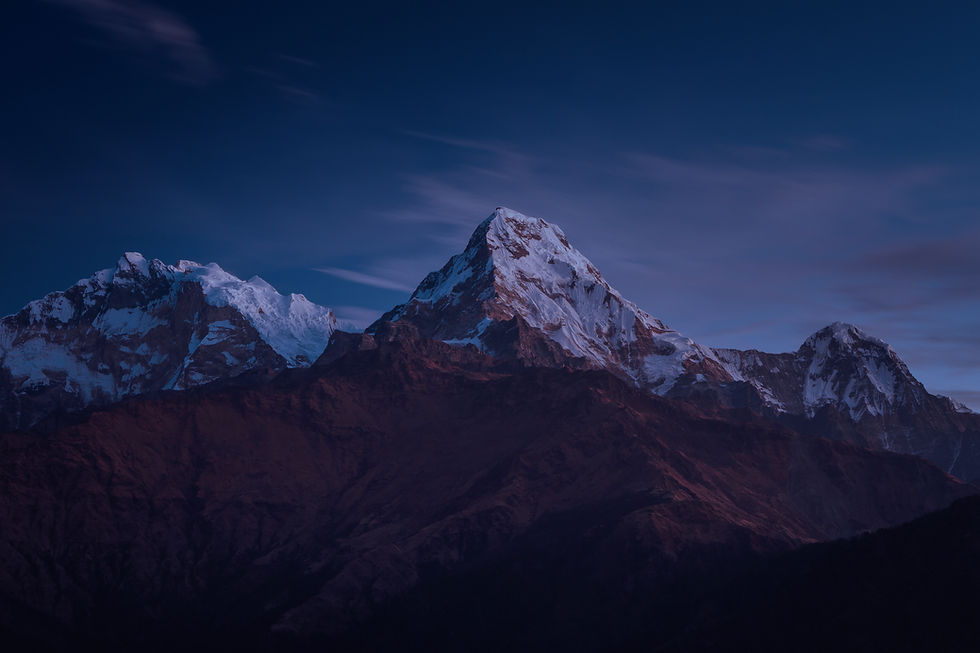Vibrant Threads of Central Bhutan: Yathra Weaving in the Heart of the Himalayas
CULTURE
Bhutan Himalaya Editors



With thoughtful itineraries honed since 1999, we unveil the depths of Bhutan's happiness philosophy, the daily physical adventures through the beautiful Himalayan landscape complemented by the intimate and in-depth cultural experiences sensitively curated for you every day.
Through the eyes of a select few informed leaders we saw the dilemmas of a culture: A hitherto sheltered nation discovering the arguments for and against remaining a cloistered society in this 21st Century. I loved the adventure, and I loved the discovery. Unlike anything else I have ever experienced!
Lola W., California

Share
Share

From Necessity to Artistry
Yathra originated as a practical solution to the harsh Himalayan winters. The people of Bumthang used sheep, yak, and goat wool to create thick, warm fabrics that could withstand the biting cold. Over time, this utilitarian craft evolved into an intricate art form, with weavers incorporating vibrant colors and complex patterns into their designs.
Today, yathra has transcended its humble beginnings. What was once used primarily for rain protection and bedding is now fashioned into a wide array of products, from stylish jackets and coats to fashionable bags and home decor items. This evolution reflects not only the adaptability of Bhutanese artisans but also the growing appreciation for this unique textile both within Bhutan and beyond its borders.
The Art of Weaving
The process of creating yathra is as colorful as the finished product. Weavers, predominantly women, use horizontal frame looms called "thrue tha" to bring their designs to life. The craft is typically passed down through generations, with mothers teaching their daughters from as young as eight years old.
Weaving yathra is a communal activity in many villages. Women gather in groups, their looms facing each other, engaging in conversation and even singing as they work. This social aspect of weaving not only preserves the craft but also strengthens community bonds, making yathra production an integral part of Bhutanese village life.

A Tapestry of Tradition and Innovation
While yathra maintains its traditional roots, it's also embracing change. Modern weavers are experimenting with new patterns and color combinations, creating innovative designs that appeal to contemporary tastes. Some artisans are even incorporating imported materials alongside local wool, adapting to changing market demands while preserving the essence of yathra. Skilled weavers can earn a healthy side income weaving yathras in rural Bumthang. This economic opportunity has helped preserve the craft, encouraging younger generations to continue the tradition, with many new weavers now based in the capital and in Paro.

Preserving a Cultural Heritage
As Bhutan navigates the currents of modernization, yathra stands as a testament to the country's commitment to preserving its cultural heritage. Institutions like the Royal Textile Academy in Thimphu and initiatives by the Royal Government of Bhutan are working to promote and protect this indigenous craft.
Yathra is more than just a colorful fabric—it's a thread that connects Bhutan's past to its present, weaving together tradition, artistry, and economic opportunity. As visitors to Bhutan discover the beauty of yathra, they take home not just a souvenir, but a piece of Bhutanese culture, handcrafted with skill and imbued with the warmth of the Himalayan spirit.










IN THE PICTURESQUE valleys of central Bhutan, a centuries-old tradition continues to unfold, weaving colorful stories into fabric. Yathra, a distinctive textile art unique to the Bumthang region, has become more than just a means of warmth—it's a vibrant expression of Bhutanese culture and craftsmanship.













